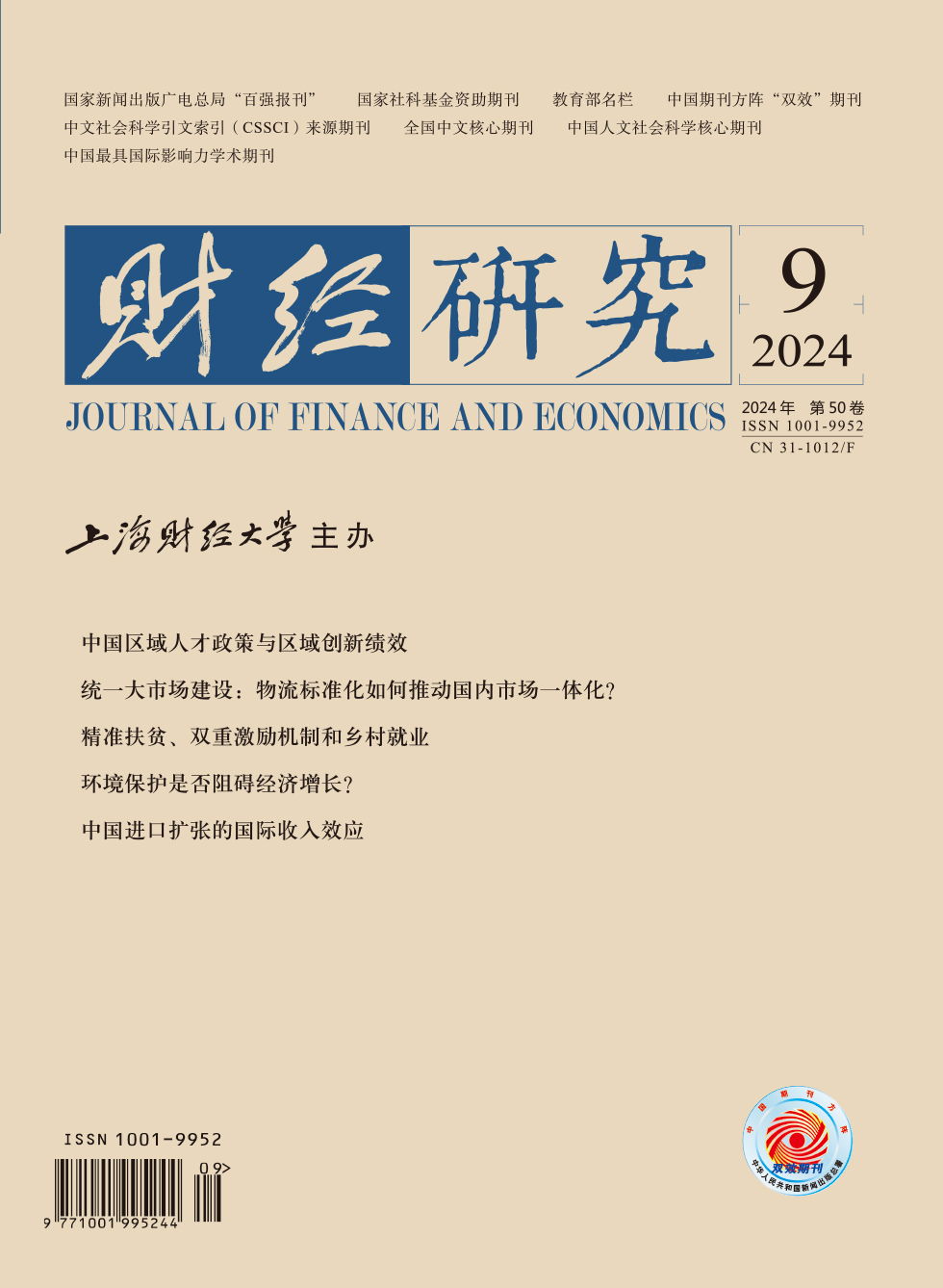As the “Dual Carbon” goal continues to be promoted, enterprises, as the main emitter of carbon dioxide, have always been the focus of discussion in the academic community on how to reduce their carbon emissions. Current research focuses more on the drivers of enterprise emission reductions, ignoring the drivers of enterprise emission increases. Therefore, based on the data of A-share listed companies in Shanghai and Shenzhen from 2008 to 2022, this paper explores the impact of expected performance reference point dependence on enterprise carbon emissions and specifically answers the questions of “why They emit” and “who They are”.
The study shows that Chinese enterprises are generally characterized by expected performance reference point dependence, so enterprises’ carbon emission intensity will be further significantly affected by expected performance reference point dependence; and “They” are enterprises whose actual performance is lower than the expected performance reference point, which leads to the increase of carbon emission intensity to chase the expected performance reference point. Mechanism testing reveals that the impact of expected performance reference point dependence on carbon emission intensity is mainly realized through the mechanisms of loss aversion and risk preference, which is manifested in the fact that expected performance reference point dependence increases R&D investment and rent-seeking, and reduces green innovation and environmental protection investment. Heterogeneity analysis finds that the impact of expected performance reference point dependence on carbon emission intensity is somewhat heterogeneous under the nature of corporate property rights, industry pollution characteristics, and regional environmental regulation intensity. Further analysis reveals that enterprises’ desire to bring actual performance back to the expected performance reference point is driven by the need to increase market capitalization and mitigate the negative economic consequences of enterprise carbon intensity.
The main contributions of this paper are that: First, it focuses more on “why They emit”, and analyzes the drivers of enterprises’ increased carbon emissions. Second, it tests whether the performance reference point dependence feature is prevalent among enterprises, and verifies the different impacts of performance reference point dependence gap and surplus on enterprise carbon emissions. Third, it adopts expected performance as a performance reference point to explore its impact on enterprise carbon emissions, enriching the literature on corporate behavior.





 3161
3161  5265
5265

